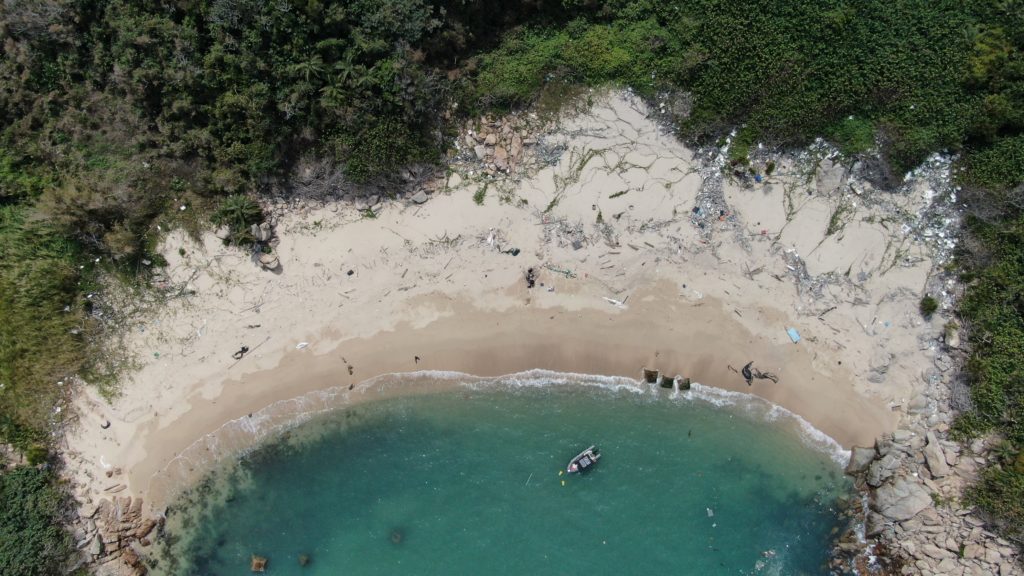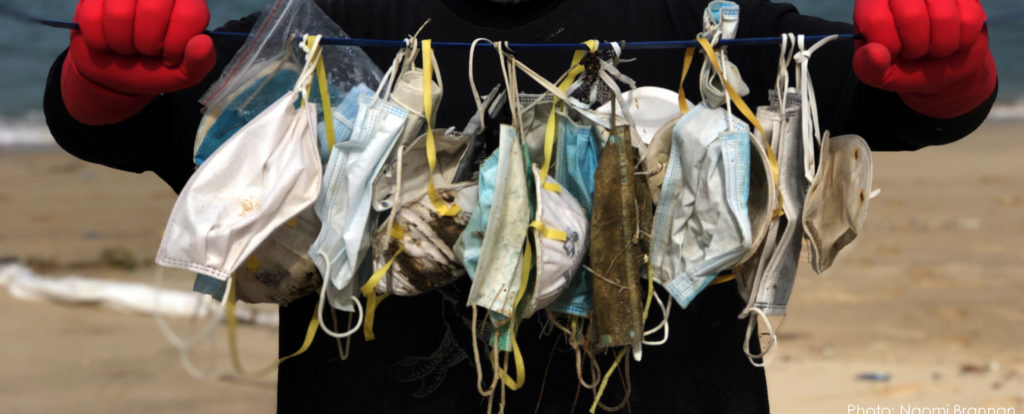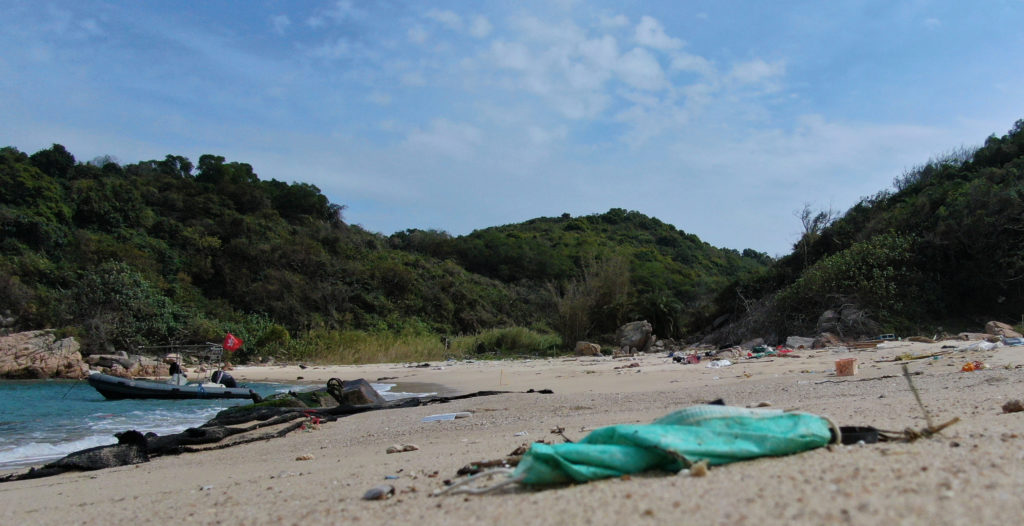NO SHORTAGE OF SURGICAL MASKS AT THE BEACH

One item that was very noticeable as a new addition to the myriad of marine debris is surgical masks. Over time the team has seen the odd mask here and now, however this time they were all along the high tide line and foreshore with new arrivals coming in on the current. Due to the current COVID-19 corona virus, the general population have all taken the precaution to wear surgical masks. When you suddenly have a population of 7 million people wearing one to two masks per day the amount of trash generated is going to be substantial.
This is done not to assign blame, but rather to help prevent the flow of plastic into our oceans. Masks are quite generic, and so it is hard to identify the precise source of an individual mask. However, we can look at plastic found washed up with the mask. If we can locate the source of one piece of this plastic, a piece with similar characteristics of a single-use plastic mask, we can get a rough idea of a possible starting point of the plastic waste, as it is possible both pieces of plastic travelled the same route. Here looking at similar pieces of plastic, that is plastic with similar characteristic, is important. When an item enters the water, its shape and weight play a significant role in where it will end up. Light, high sided items such as plastic bottles and polystyrene boxes have large exposed surfaces that will be mostly affected by the wind, while heavier items that float lower in the water will be more affected by the current. In the case of masks they likely ended up being blown into the water, but after entering the ocean would largely be affected by current and tidal action with wind only affecting the water’s surface.


